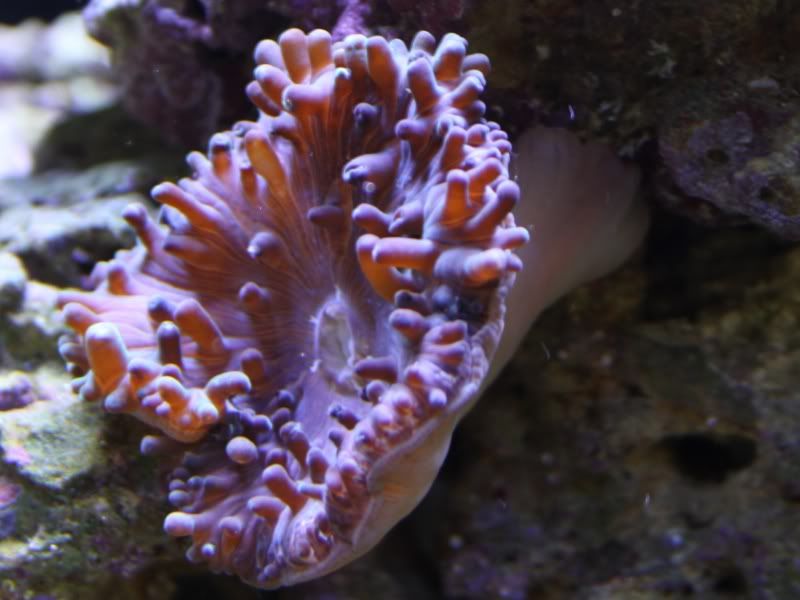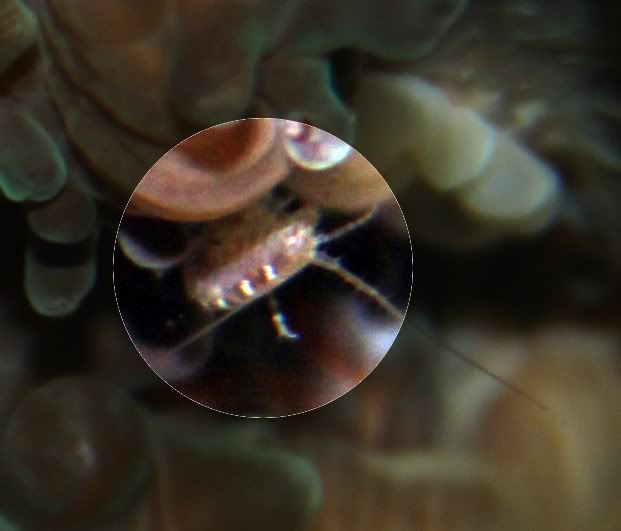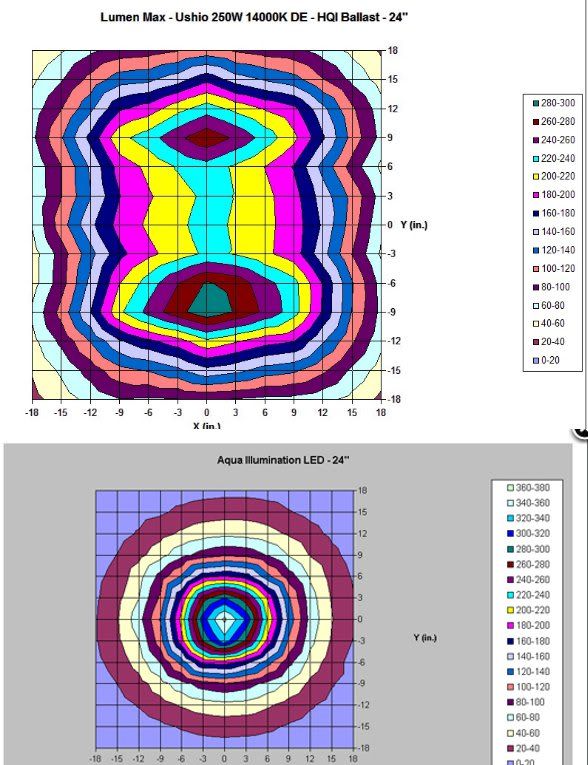My first concern as with anything is water quality, lighting, location, flow.
BTW what and how much are you feeding?
What kind of lighting did the store have? Did you have them feed it before purchasing? Did they do the sticky test for you?
Where do you get your water from? Have you actually tested the source water?
Water quality is and has been excellent and stable: temp 78 (on hot days when the house AC is at 73 it can rise to 79), pH 8.2 (there is a range here too with the photosynthesis during the day and can rise to ~8.3), SG 1.024, Ca 420, dkH 9-10 (this does vary somewhat I dose with SeaChem ReefFusion twice per week), Mg 1275, and NH3 N02 NO3 PO4 are all 0.00 according to API test kit.
While I read the "rule" of waiting for a tank to be 6 months or 12 months for an Anemone, I used very well cured LiveRock and LiveSand and my tank cycled very quickly -- less than few days (whereas my other tank which was a more standard setup took 5 weeks to got to 0 NH3 and NO2), so I figured that the rule was in general and that this "rule" could be adjusted by a few weeks for tanks that were started with significant initial bacteria colonies. My NH3, NO2, NO3, and PO4 has all been 0 since week 2.
Lighting is 2x55W PC T5 (it is a non-standard bulb that the Red Sea MAX 34g uses --my understanding is that is stronger than 2x65W PC lighting, probably closer to 2x75W equivalent?). I did some research and found many people having no issues with BTAs under this lighting. I originally put him higher in the tank. He first moved lower to a crack on the left side. He then moved out at night a few days later to the center, but as soon as the lights came on he moved down a little further to a spot in front and a little lower down. He has been there for a week.
I think flow is very good. I have the standard RSM pumps (2x150gph, and an additional Rio 200 PowerHead from the other side of the tank. It has a restricter on it so I can set the flow to a speed of my choosing. But it's mostly open at this point. I had a Koralia 2, but that seemed like too much flow).
The anem is about 3"-5" in size (depends how blown up he is). I have been feeding a 1/2" size piece of fresh scallop or frozen silverside 3 days per week (alternating). He eats it OK, but this is what the hermits were going after. I removed all of the hermits from the tank at this point.
I use RO water from the LFS. I sent my water to a professional testing service and everything was good. Silicas were a bit high and Potassium and Iodine were a very small amount on the low side, but I do dose Idine once per month now and have a Saffiert test kit for it and it seems OK now (although that test is iffy in IMO). I did this test before a water change not after it to see what values were at the end of the week (I do a 15% (5g) water change once per week using SeaChem Salinity Salt).
THe LFS has MH lighting, but this anem was in a darker part of the tank (not dark, just darker), and while they did not do a feed test, he did touch it and it quickly closed up. He also had to carefully remove the BTA from the rock since he was very well attached. They use a blunt rounded plastic tool for detaching them. I don't know what you are referring two in terms of a sticky test.




